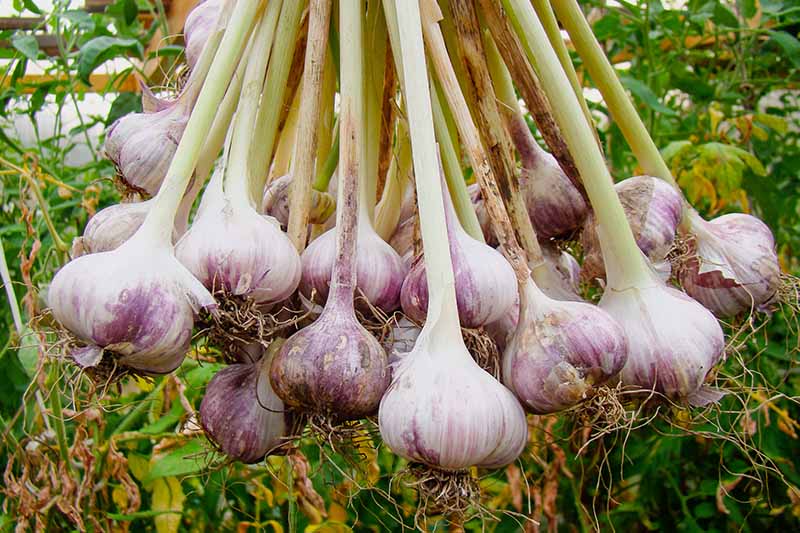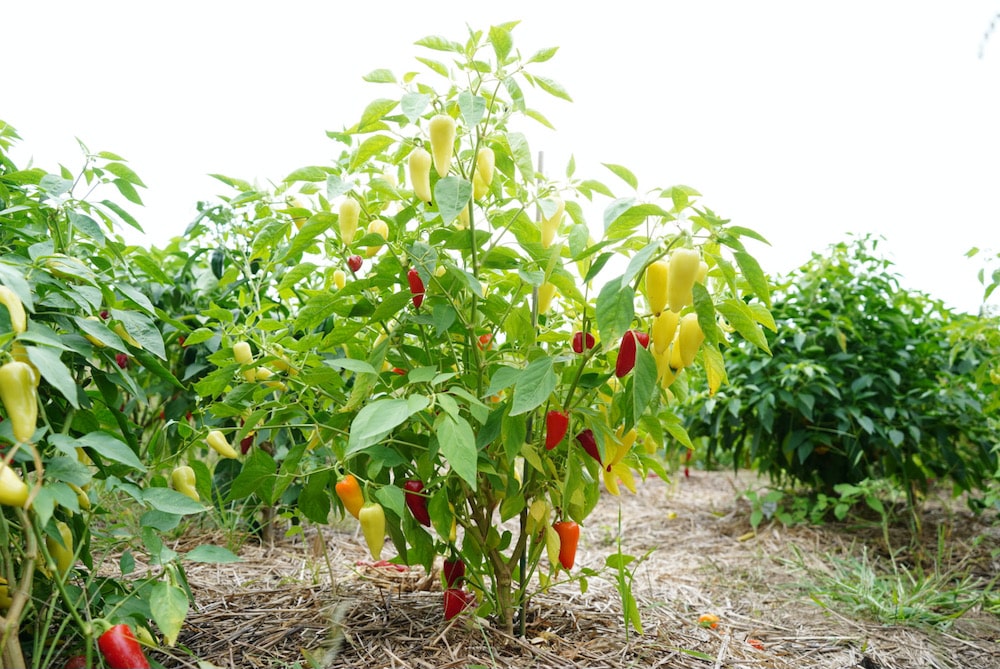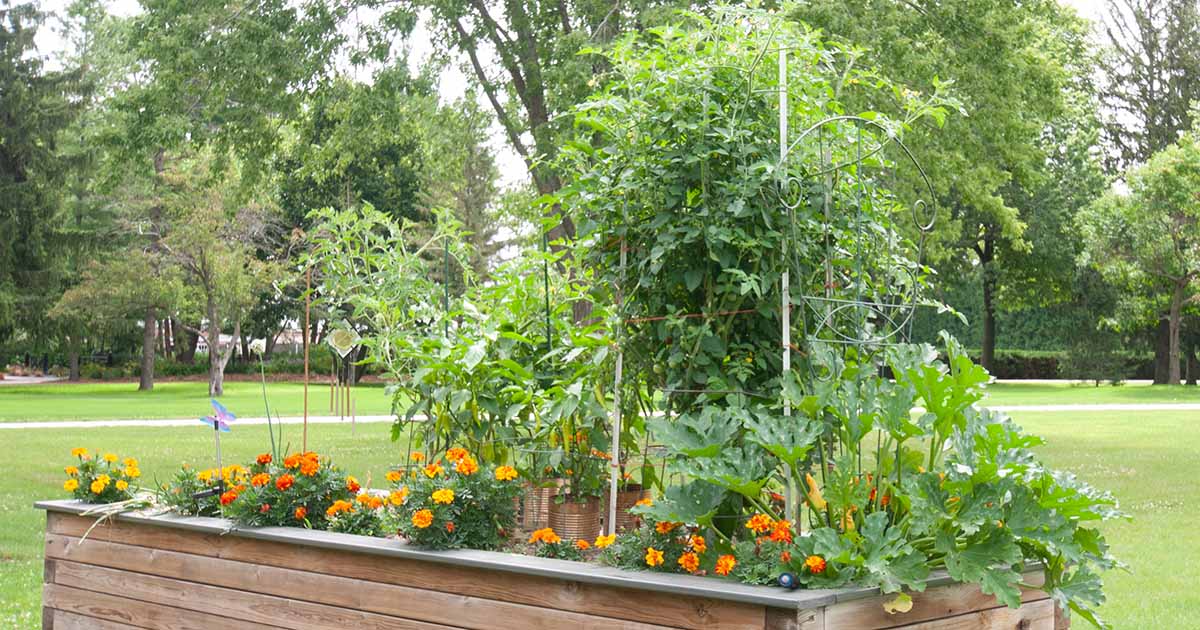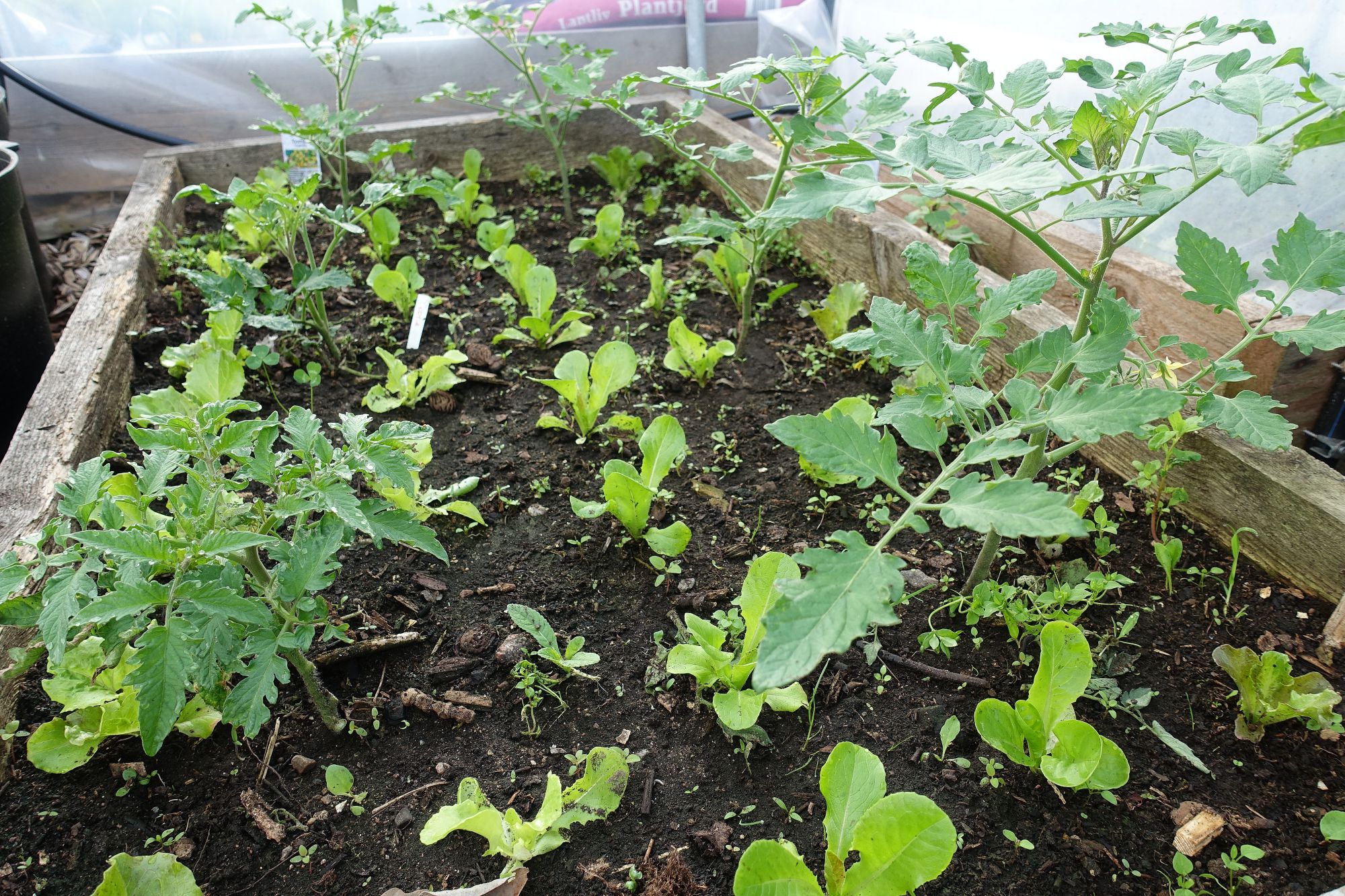The Ultimate Guide To Companion Planting Tomatoes
The Ultimate Guide to Companion Planting Tomatoes
Tomatoes are a delicious and versatile vegetable that can be enjoyed in many different ways. They are also relatively easy to grow, but there are a few things you can do to boost their production and protect them from pests and diseases. One of the best ways to do this is to companion plant tomatoes with other plants.
Companion planting is the practice of planting different types of plants near each other to benefit their growth and health. There are many different companion plants that can be beneficial for tomatoes, but some of the most popular include:
- Basil: Basil is a classic companion plant for tomatoes. It helps to deter pests like aphids and tomato hornworms, and it also enhances the flavor of tomatoes.
- Marigolds: Marigolds are another popular companion plant for tomatoes. They help to repel nematodes, which can damage tomato roots. They also attract beneficial insects, such as ladybugs, which help to control pests.

- Chives: Chives are a good companion plant for tomatoes because they help to repel aphids and other pests. They also add a flavorful garnish to tomatoes.

- Borage: Borage is a flowering plant that is a good companion plant for tomatoes. It helps to attract pollinators, such as bees and butterflies, which help to pollinate tomato flowers.

- Nasturtiums: Nasturtiums are another flowering plant that is a good companion plant for tomatoes. They help to deter pests like aphids and whiteflies. They also add a colorful splash to the garden.

In addition to these popular companion plants, there are many other plants that can be beneficial for tomatoes. Some other good options include:
- Onions: Onions help to repel nematodes and other pests.

- Garlic: Garlic helps to repel pests and diseases.

- Peppers: Peppers help to attract pollinators and deter pests.

- Asparagus: Asparagus helps to improve the soil around tomatoes.

- Celery: Celery helps to attract beneficial insects.

When companion planting tomatoes, it is important to consider the needs of the different plants. For example, tomatoes need full sun, while some companion plants, such as chives and parsley, prefer partial shade. It is also important to plant companion plants that have similar water and nutrient requirements.
By companion planting tomatoes with the right plants, you can boost their production, protect them from pests and diseases, and create a more beautiful and productive garden.
Co-planting tomatoes is a great way to improve your tomato harvest. By planting tomatoes with companion plants, you can attract beneficial insects, deter pests, and improve the overall health of your tomato plants.
Here are some of the best companion plants for tomatoes:
- Basil: Basil is a natural pest repellent that can help keep away aphids, spider mites, and whiteflies. It also attracts beneficial insects, such as ladybugs and lacewings.
- Cucumbers: Cucumbers and tomatoes have similar growing requirements, so they make good companion plants. Cucumbers help to suppress weeds, and they also help to improve the flavor of tomatoes.
- Marigolds: Marigolds are another great companion plant for tomatoes. They help to repel nematodes, which can be a major problem for tomato plants.
For more information about co-planting tomatoes, visit Home Gardening.
FAQ of co planting tomatoes
- What are the benefits of co-planting tomatoes?
There are many benefits to co-planting tomatoes. Some of the most common benefits include:
* Attracting beneficial insects: Certain companion plants, such as basil, chives, and marigolds, attract beneficial insects, such as ladybugs and lacewings, which help to control pests.
* Reducing the risk of diseases: Some companion plants, such as nasturtiums and garlic, help to repel pests and diseases, which can help to keep your tomato plants healthy.
* Improving soil quality: Some companion plants, such as beans and peas, help to improve soil quality by fixing nitrogen, which is a nutrient that tomatoes need.
* Creating a more attractive garden: Co-planting tomatoes with other plants can create a more attractive and colorful garden.
- What are some good companion plants for tomatoes?
Some of the best companion plants for tomatoes include:
* Basil: Basil is a classic companion plant for tomatoes. It helps to repel pests, such as tomato hornworms, and it also enhances the flavor of tomatoes.
* Chives: Chives are another good companion plant for tomatoes. They help to repel pests, such as aphids, and they also add a touch of flavor to tomatoes.
* Marigolds: Marigolds are a great companion plant for tomatoes because they help to repel nematodes, which are a type of soil-dwelling pest that can damage tomato plants.
* Nasturtiums: Nasturtiums are a beautiful and edible flower that can be planted alongside tomatoes. They help to attract beneficial insects and they also deter pests.
* Garlic: Garlic is a strong-smelling herb that helps to repel pests, such as whiteflies and spider mites. It can also help to improve soil quality.
- What are some plants that should not be planted near tomatoes?
There are a few plants that should not be planted near tomatoes. These plants include:
* Eggplant: Eggplant and tomatoes are both members of the nightshade family, and they can compete for nutrients.
* Potatoes: Potatoes and tomatoes are both susceptible to the same diseases, so it is best to avoid planting them near each other.
* Cucumbers: Cucumbers and tomatoes can attract the same pests, so it is best to avoid planting them near each other.
Image of co planting tomatoes
- Tomatoes and basil: Basil is a natural pest repellent, so it can help to keep your tomato plants healthy. It also adds a delicious flavor to tomatoes.
- Tomatoes and carrots: Carrots help to improve the drainage of the soil, which can benefit tomato plants. They also help to suppress the growth of weeds.
- Tomatoes and chives: Chives help to repel aphids and other pests that can damage tomato plants. They also add a delicious flavor to salads and other dishes.
- Tomatoes and marigolds: Marigolds are another natural pest repellent, and they can also help to attract beneficial insects that help to pollinate tomato plants.

- Tomatoes and nasturtiums: Nasturtiums help to deter whiteflies and other pests, and they also add a splash of color to the garden.

- Tomatoes and beans: Beans fix nitrogen in the soil, which can benefit tomato plants. They also help to suppress the growth of weeds.
- Tomatoes and lettuce: Lettuce doesn't compete with tomato plants for nutrients, so they can be planted together without any problems. Lettuce also helps to shade the soil, which can help to keep it cool and moist.

- Tomatoes and spinach: Spinach doesn't compete with tomato plants for nutrients, and it also helps to suppress the growth of weeds. Spinach can also be harvested early in the season, which gives tomato plants more space to grow.

- Tomatoes and cucumbers: Cucumbers help to attract beneficial insects that help to pollinate tomato plants. They also help to prevent the spread of diseases.
- Tomatoes and potatoes: Potatoes and tomatoes can be planted together, but they should be planted in separate rows. Potatoes can help to improve the drainage of the soil, which can benefit tomato plants.
Post a Comment for "The Ultimate Guide To Companion Planting Tomatoes"